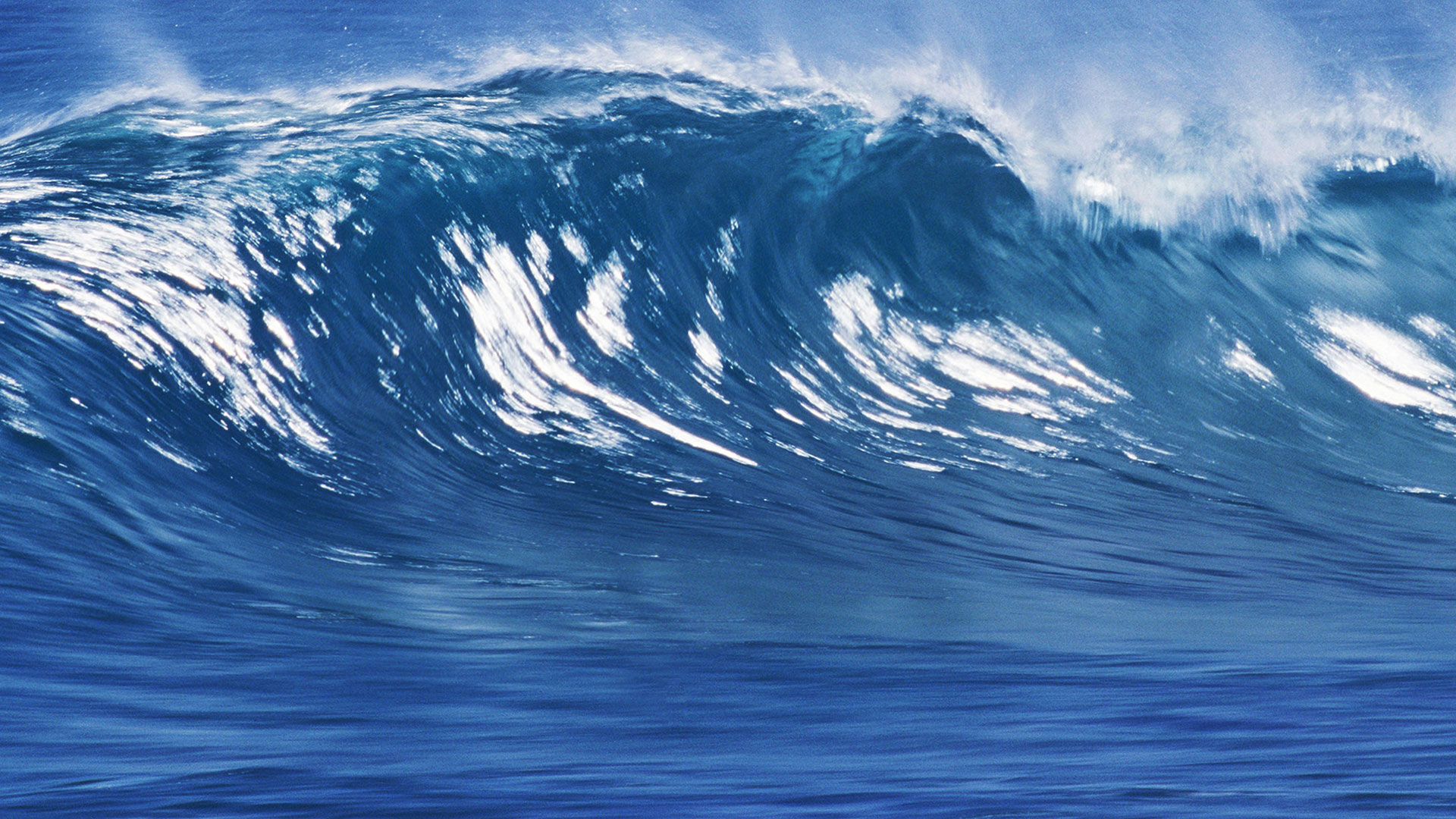Section of Fluid Mechanics, Coastal and Maritime Engineering
The section's main research areas are fluid mechanics, hydrodynamics, and the interaction with structures and seabeds. The methods applied include theoretical, numerical, and experimental modelling.

The Section uses these research methods to determine the behaviour of flows, including their impact on surrounding structures. Examples of technical applications are:
- Green fuels for marine engines
- Estimation of sediment transport
- Coastal morphology
- Coastal protection schemes for increased biodiversity
- Interaction of current and waves with aquaculture
- Determination of wave loads on ships and offshore energy facilities
The research is directed towards three main industries. Fluid mechanics aims the basis for the development of new products and consulting of central areas of benefit for Danish society.
In the coming years, coastal and offshore engineering will focus on the development of new utilities, such as as aquaculture and the improvement of biodiversity.
The maritime industry is changing its focus towards a supporting industry with a large focus on optimisation of, for instance, sailing routes and marine operations.
Solutions to societal challenges
The research addresses several major strategies such as EU’s Blue Growth strategy. This will enable a sustainable harvesting of the potential of resources from oceans, as well as from coastal and inland waters.
The research plays an important role in intensifying for instance different uses of ocean resources such as offshore wind, food production and sea surface transport.
In coastal areas higher focus is on climate resilience as well as finding the right answers to enhanced development of infrastructure including reclamation for new urban and industrial areas, transport and energy systems.
The development shall target sustainable growth in the marine and maritime sectors through a responsible management of marine resources for healthy, productive, safe, secure and resilient seas and oceans.
Contact
Erik Damgaard Christensen Head of Section, Professor Phone: +45 45251398 Mobile: +45 40219184 edch@dtu.dk